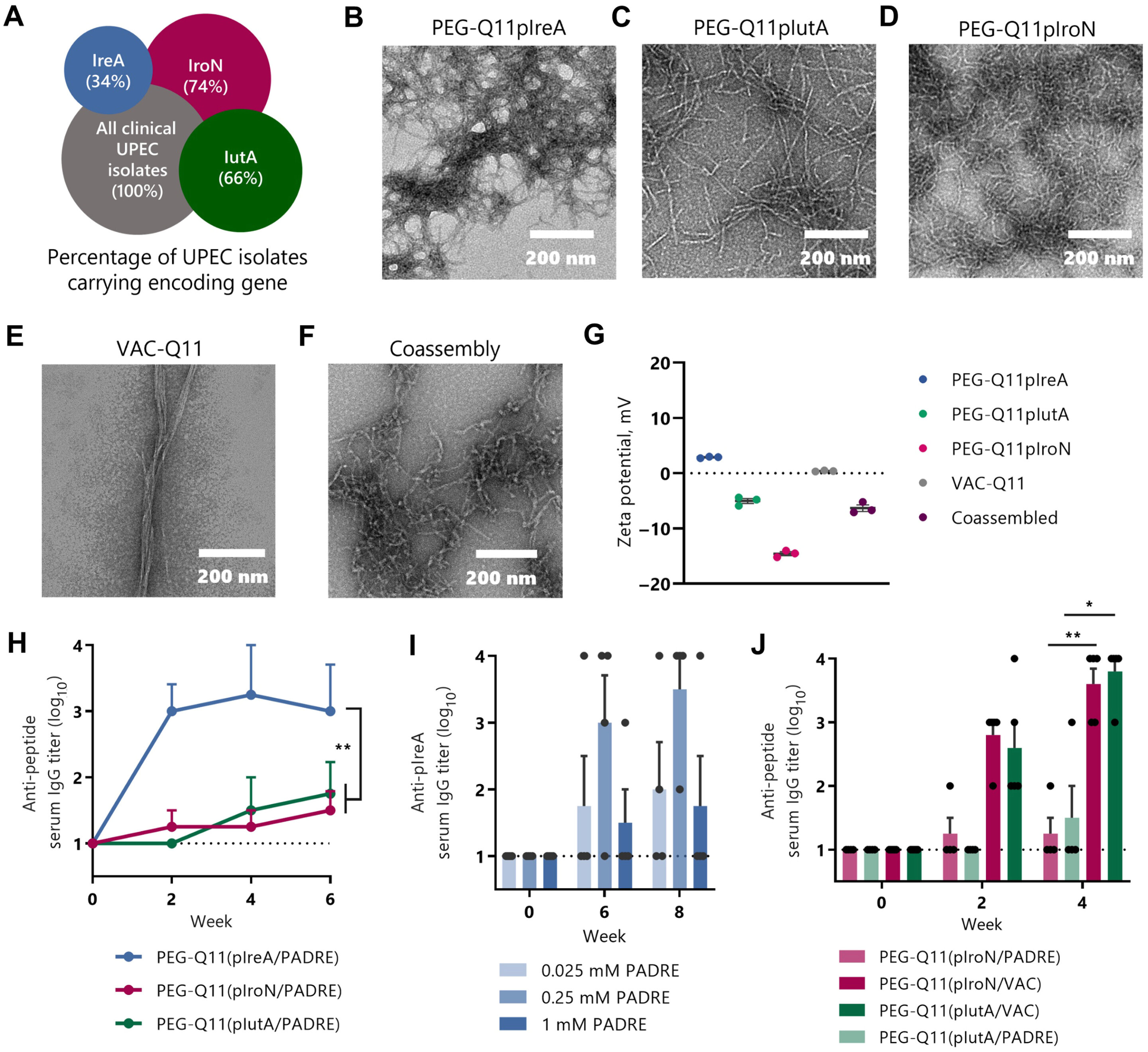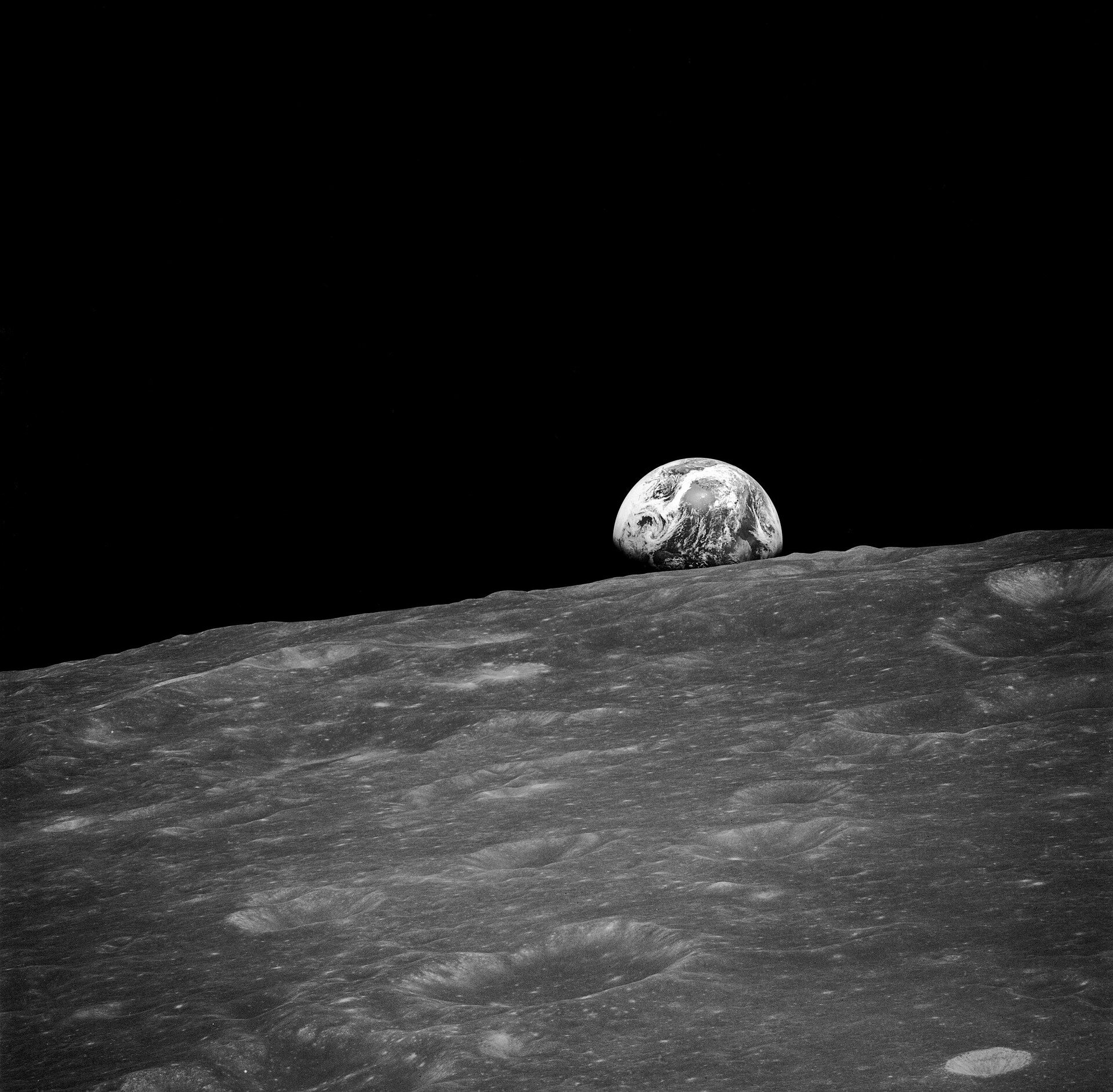#Amorous pursuit imperils Cuban croc
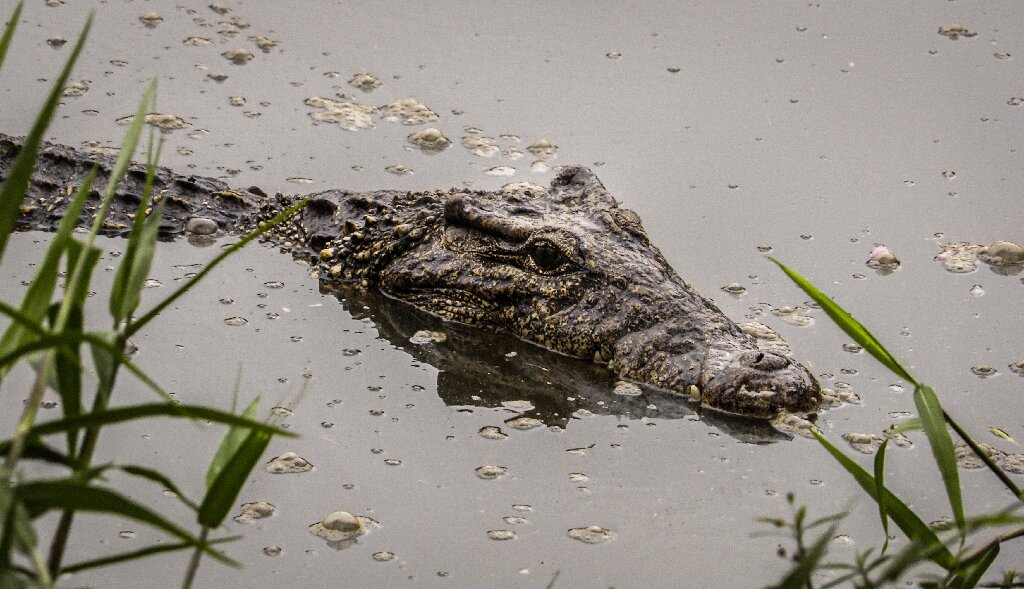
“#Amorous pursuit imperils Cuban croc”

Being too coveted a mating partner can have its downside for a species faced with extinction, as the Cuban crocodile has learned.
Arduous pursuit by its amorous American counterpart has seen survival of the island species, its numbers already dwindling, further threatened by hybridization.
According to the International Union for Conservation of Nature (IUCN), the Cuban crocodile population has declined more than 80 percent over three generations.
Known to scientists as Crocodylus rhombifer, the black-and-yellow freshwater reptile is listed as a “critically endangered” species.
Hybridization is one of the main threats to its survival, according to the IUCN, along with hunting for meat—in large part for tourist restaurant menus.
Today, the scaly predator’s island-wide range has been largely limited to the Zapata Swamp some 150 kilometers (93 miles) southeast of Havana.
But it is not alone.
The American Crocodylus acutus, a fresh- and saltwater specimen, is also found here, and seems to enjoy the company of its Cuban counterpart—perhaps a little too much.
Already at the Zapata natural reserve, one in two crocs is a hybrid, conservationists say.
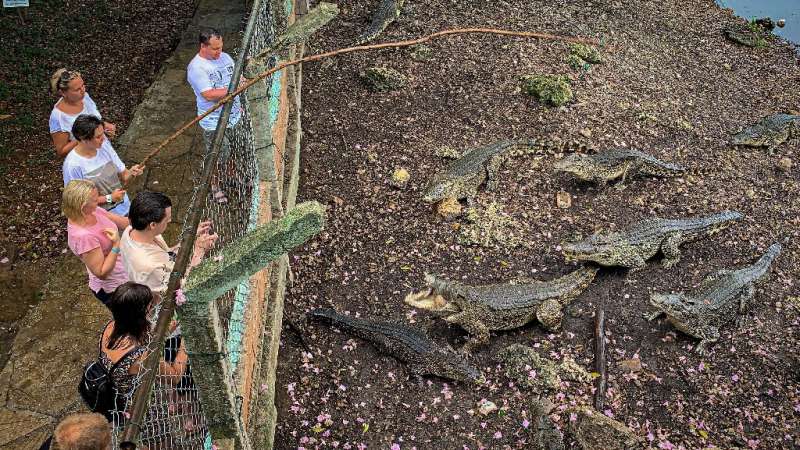
Natural or not?
But gene mixing may not necessarily be a bad thing.
“One has to remember that hybridization also plays a role in evolution, in the appearance of new species,” said Etiam Perez-Fleitas, an exotic species expert at the Zapata reserve.
The question for scientists now is whether this particular mixing of the gene pool is good or bad.
If the phenomenon is the result of human-induced stresses, it has to be stopped, explained Perez-Fleitas. But if it is natural, it might be best to leave well alone.
As sometimes happens naturally, hybridization could result in a more resistant species, combining the aggression of the smaller Cuban crocodile and the adaptability of its more timid American cousin.
The American crocodile, listed as “vulnerable” by the IUCN, is native to countries of northern South America, the Caribbean, central America and the tip of Florida.
“Our research is focused on finding out whether this is natural hybridization,” said Perez-Fleitas.
In the meantime, a 2008 genetic study has allowed scientists to distinguish Cuban crocs from hybrids, and to exclude the latter from captive breeding programs.
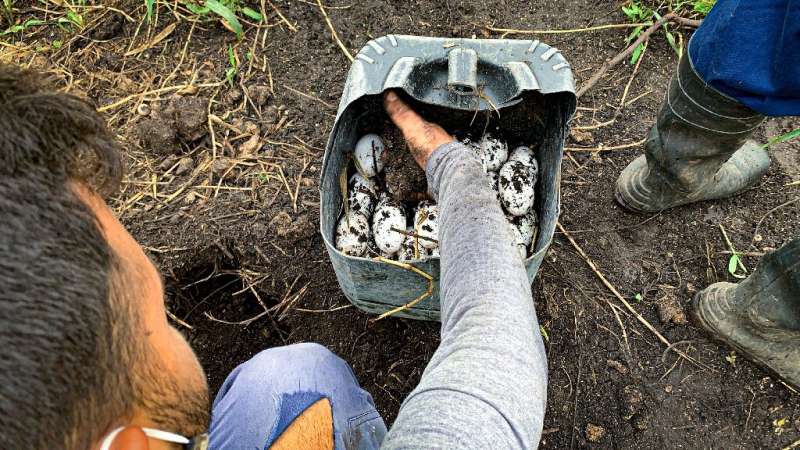
No other like it
At the Zapata reserve, some 500 to 1,000 baby Cuban crocs are born into semi-captivity every year, of which about a hundred are released into the wild.
AFP visited the project on a day when workers were collecting eggs from croc nests to be placed in an incubator—which vastly improves their chances of hatching.
It is a risky business, and five men with large sticks surrounded the nest mound as another dug for eggs, ready to repel a sudden toothy attack from the water or the tall grass nearby.
Each female lays about 20 to 40 eggs, which spend some 80 to 85 days incubating.
Zapata reserve employee Jorge Luis Monero, 56, holds a young specimen measuring about half a meter in his arms, and insists its profile is reminiscent of the distinct elongated shape of the island of Cuba.
“In the Americas, there is no other crocodile like the Cuban,” he said.
But in spite of the animal’s uniqueness, Perez-Fleitas said preserving a pure breed is not necessarily the best option, and cautioned against deciding too hastily on the way forward.
When dealing with a creature that can live up to 70 years in captivity, it is better to have “very long-term plans,” the specialist said.
“Maybe in 100 years, it will be the hybrids that need protecting,” he added.
Endangered Cuban crocodiles released into the wild
© 2021 AFP
Citation:
Dangerous attraction: Amorous pursuit imperils Cuban croc (2021, July 28)
retrieved 28 July 2021
from https://phys.org/news/2021-07-dangerous-amorous-pursuit-imperils-cuban.html
This document is subject to copyright. Apart from any fair dealing for the purpose of private study or research, no
part may be reproduced without the written permission. The content is provided for information purposes only.
If you liked the article, do not forget to share it with your friends. Follow us on Google News too, click on the star and choose us from your favorites.
For forums sites go to Forum.BuradaBiliyorum.Com
If you want to read more Like this articles, you can visit our Science category.

